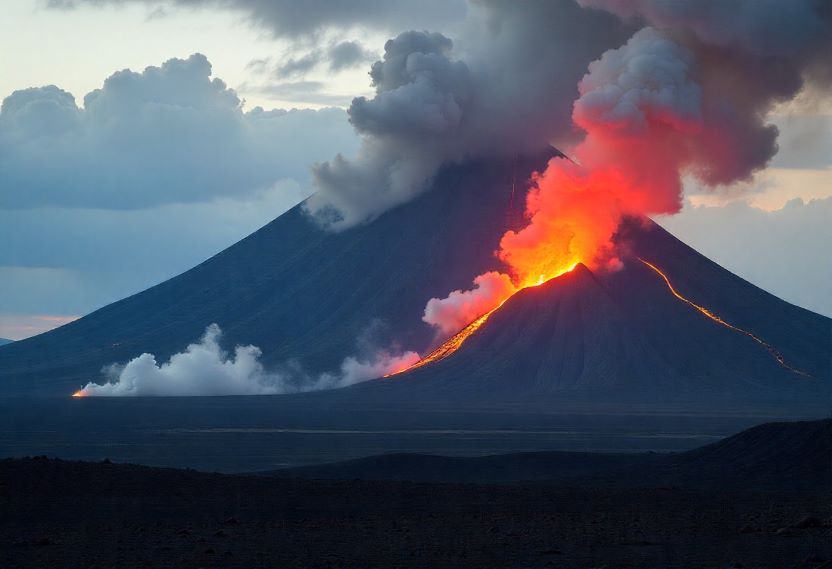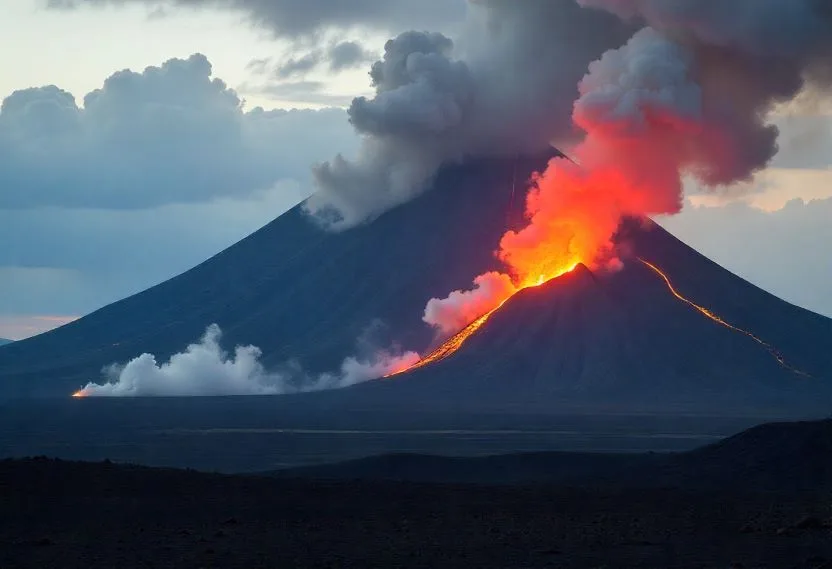Thursday, July 31, 2025

An 8.8-magnitude earthquake struck near Russia’s Kamchatka Peninsula early Wednesday, prompting tsunami alerts across the Pacific region. The huge earthquake — among the largest ever recorded in the region — reignited fears of large-scale destruction, concerns that stretched from the Russian Far East all the way to the United States and Japan. But after a fraught 24 hours, South American authorities, including in Colombia, Ecuador and Peru, had lifted their warnings of a tsunami as the immediate risk was past.
While warnings were lifted across much of South America, Chile, which has the longest Pacific coastline of any South American country, kept its tsunami alert in place. Up to 1.1 m waves along the coast were measured for the Chile coast, locally exceeding 2.5 m waves. Though the waves did not cause significant damage or injuries, the government kept the alert in place, monitoring the situation closely, officials said.
The effects were felt beyond the Pacific coast. Japan had been preparing for a major tsunami, and suffered one fatality when a woman was killed in her car, which toppled off a cliff as she was fleeing to higher ground. The country’s emergency services had acted rapidly, issuing evacuation orders in vulnerable coastal areas. Thankfully, damage across Japan was limited overall, and the tsunami threat was soon downgraded.
Klyuchevskoy Volcano Erupts After Earthquake, Adding to Kamchatka’s Crisis
And as if the aftermath of the earthquake was not enough, Kamchatka, a region in Russia’s Far East, which was not so far from the site of the earthquake, had volcanic eruptions shortly after the seismic event. The Klyuchevskoy volcano, among the world’s highest active volcanoes, erupted, sending a cascade of lava down its sides. The volcano erupting late Friday had actually made the situation more difficult as local residents were forced to flee inland as the lava has flowed out. Local officials are monitoring the volcanic activity closely, scattering some evacuations in the area.
Klyuchevskoy – active for several years now – became more active after the quake. Researchers said the eruption led to lava flows, glowing streams, and clouds of volcanic ash, adding to the challenges of mounting a relief operation. The eruption of the volcano isn’t showing any signs of cessation, and residents living near the volcano have been warned by local authorities.
Tsunami Alerts and Evacuations Across the Pacific Region
The earthquake led to a number of tsunami warnings extending across the Pacific, including New Zealand, Japan and the United States. Though the immediate danger of a major tsunami mostly passed, emergency authorities in New Zealand reported strong currents and small surges in wave activity along their coastlines. An alert was sent to all the mobile phones in the country with a warning for residents to stay away from beaches, shorelines, harbors, rivers and estuaries.
Emergency management officials in New Zealand emphasized that the first waves may not be the largest and that they were closely monitoring the situation. While evacuations were not required, communities were told to keep on high alert until the official tsunami warning was lifted in full. New Zealand was closely watching the situation there, the South Pacific country’s prime minister said, given that New Zealand is susceptible to natural disasters being on the Pacific Ring of Fire.
Travel Advisory: What Tourists and Locals Should Know
In the wake of the earthquake and subsequent volcanic eruption, official authorities have issued several key advisories for those in the affected regions. Travelers heading to or from regions near the Kamchatka Peninsula and the Pacific coast are urged to exercise caution and stay informed of the latest developments. Here are the key travel advisories:
- Russia (Kamchatka Peninsula): Authorities have advised residents and visitors in Kamchatka to evacuate to higher ground and stay inland as a precautionary measure due to the eruption of Klyuchevskoy volcano and the risk of further seismic activity. The local government is closely monitoring the volcanic situation, and further evacuations may be required.
- South America (Chile, Ecuador, Peru, Colombia): While tsunami alerts have been lifted in most countries, travelers should remain cautious in coastal areas in case of unexpected wave surges. Chile continues to monitor its coastline for any further fluctuations. Tourists in Chile are encouraged to follow local government guidance and avoid areas directly along the coast.
- Japan: The earthquake prompted local evacuations in Japan, particularly along the Pacific coast. While the tsunami threat has diminished, travelers are advised to stay updated on the situation through local authorities. Road closures and transportation delays may continue as recovery efforts proceed.
- New Zealand: New Zealand’s emergency management authorities have advised residents and tourists to avoid coastal areas, as strong currents and waves may continue for several hours. Travelers should stay informed through official channels and adhere to safety recommendations until the tsunami warning is officially lifted.
Global Response and Monitoring
Around the world, scientists and government agencies continue to monitor the earthquake’s aftershocks and volcanic activity, assessing their impact on the region and providing timely updates to the public. The global response to the disaster has been swift, with emergency services and humanitarian organizations ready to assist those affected. The ongoing volcanic eruption, along with the aftershocks, means that authorities must remain vigilant in their efforts to protect vulnerable communities.
Looking Ahead: Preparedness for Future Natural Disasters
The events in Kamchatka demonstrated the importance of good early warning and cooperation on an international level in the event of a natural disaster. As our world becomes ever more interdependent, nations must cooperate now as never before to enhance disaster preparedness, exchange timely information and provide citizens with the equipment and skills necessary to respond effectively to such calamities.
Once the dust has settled, analysts everywhere will still contend with the long-term implications of the earthquake and volcanic eruption. It is a startling reminder of the capriciousness of nature and the necessity of sustaining robust disaster management systems for locals and travellers.
For now, the priority is on recovery and on making sure the people affected by the earthquake, tsunami, and volcano eruption get the aid they need.






